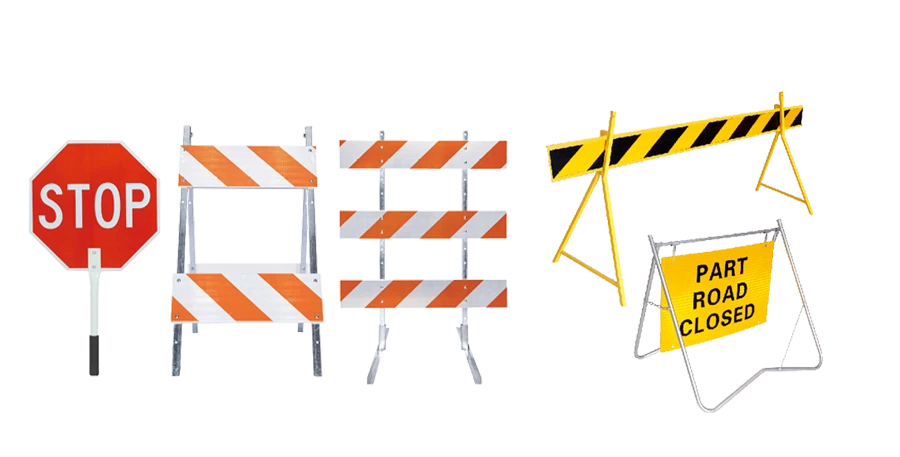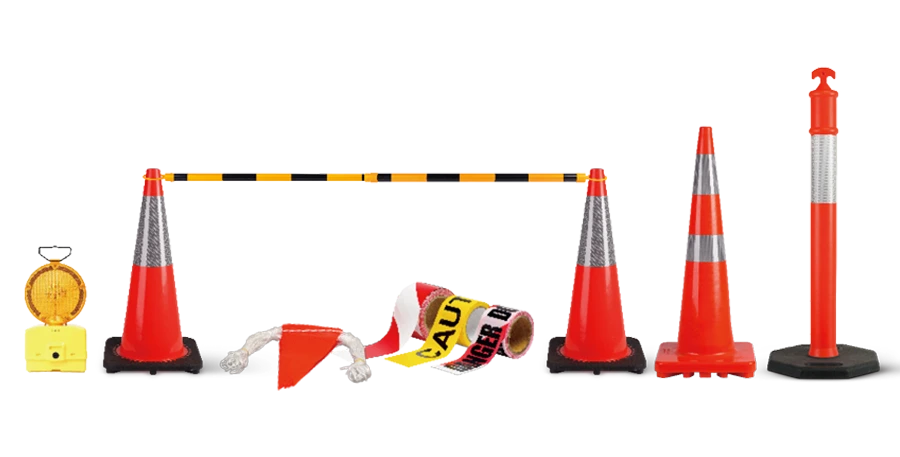In che modo i telai dei segnali stradali portatili migliorano la sicurezza stradale
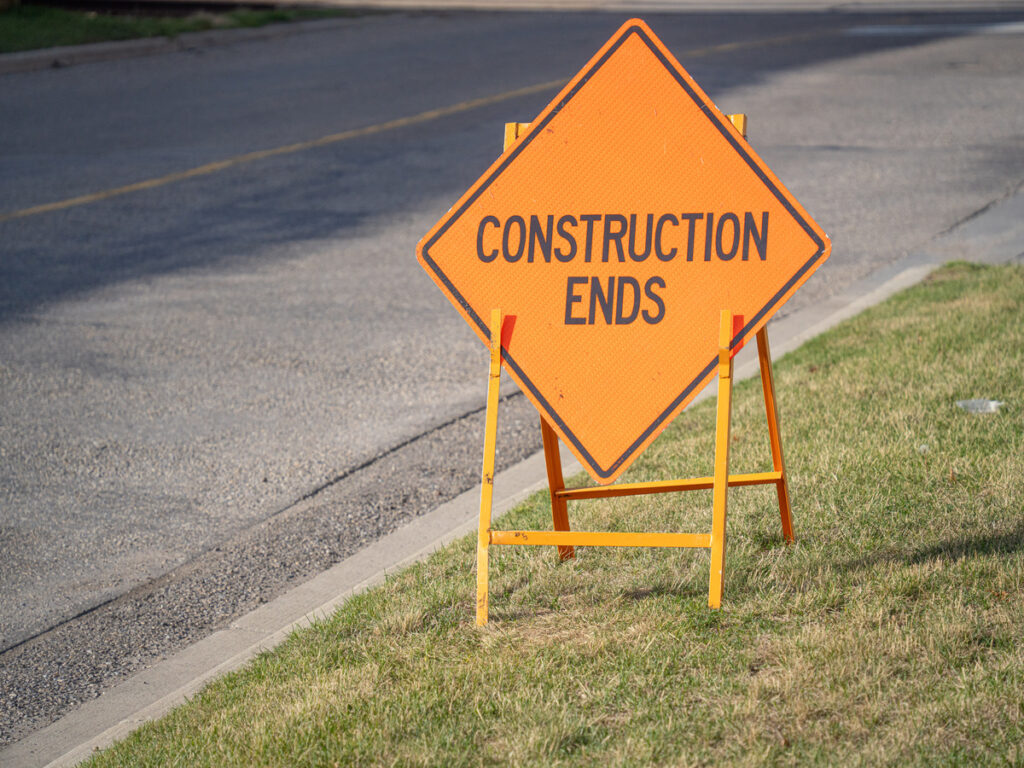
I telai portatili per la segnaletica stradale svolgono un ruolo fondamentale nel miglioramento della sicurezza stradale, soprattutto in ambienti dinamici come le zone di lavoro autostradali. Il loro design leggero e mobile consente di posizionare rapidamente i segnali dove la visibilità è più necessaria, ad esempio avvisando i conducenti dei cambi di corsia, limiti di velocità, o pericoli futuri. A differenza delle installazioni fisse, i telai portatili si adattano alle mutevoli condizioni del traffico, contribuendo a ridurre la confusione e a migliorare i tempi di reazione dei conducenti. Di conseguenza, non solo proteggono i lavoratori, ma aiutano anche a prevenire gli incidenti nelle aree ad alto rischio.
Cornici dei segnali stradali dell'autostrada: Costruito per sicurezza e durata a lungo termine
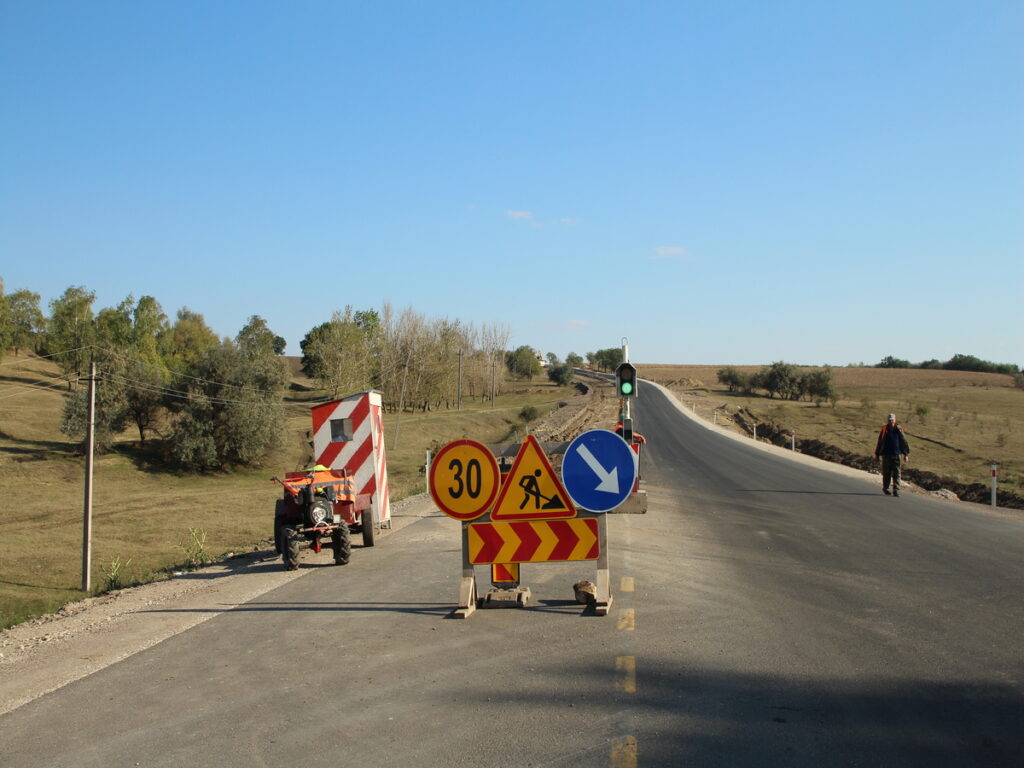
Le cornici dei segnali stradali sono cruciali per il mantenimento della sicurezza stradale. Frame durevoli assicurano che i segni rimangano stabili durante le condizioni meteorologiche avverse come il vento o la pioggia. I frame dei segnali stradali deboli possono portare a incidenti se i segni diventano difficili da vedere. Sistemi innovativi come il rilevamento e il riconoscimento dei segnali stradali (Tsdr) evidenzia l'importanza di cornici robuste. Questi sistemi aiutano i driver e aiutano a prevenire gli arresti anomali, in particolare con l'ascesa di veicoli a guida autonoma. L'utilizzo dei frame dei segnali stradali forti migliora la sicurezza del viaggio e supporta l'efficacia delle soluzioni di trasporto più intelligenti.
Cornici per segni stradali del parcheggio: Resistenza all'ambiente & Strategie di manutenzione
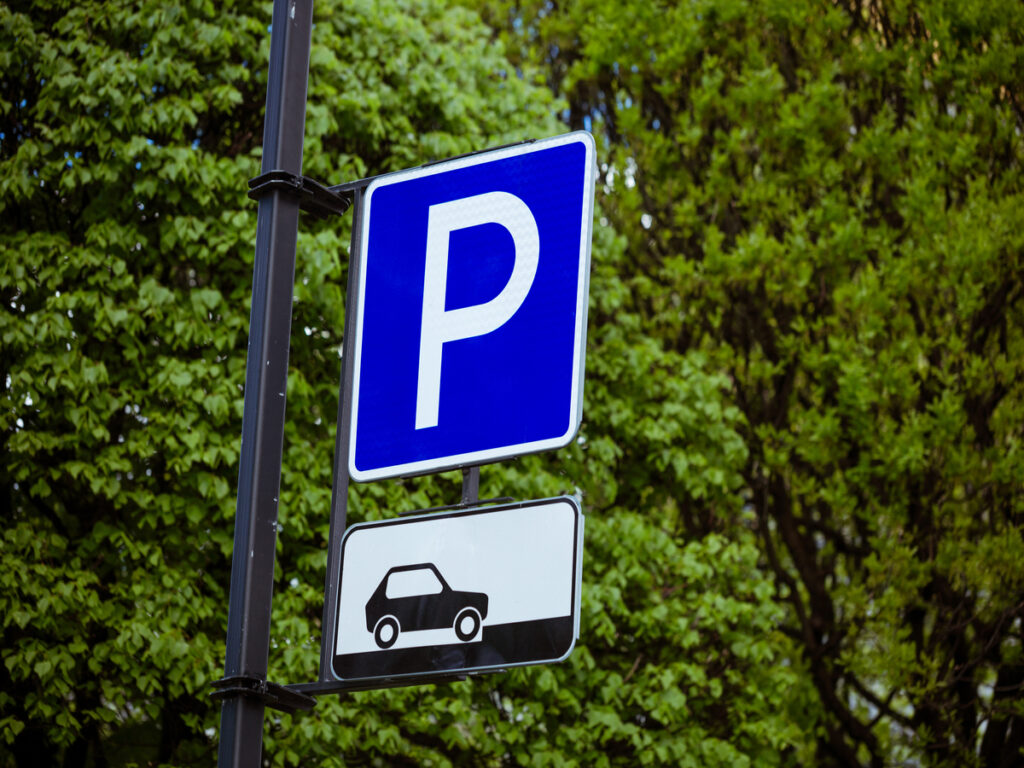
I parcheggi sono sempre pieni di auto e persone in movimento. Ciò fa sì che i telai dei segnali stradali siano sottoposti a molta pressione. I frame devono sopportare i colpi e funzionare bene per molto tempo. I telai robusti mantengono il traffico sicuro ed evitano scambi. Inoltre risparmiano denaro avendo bisogno di meno riparazioni o sostituzioni. Prendersi cura dei telai spesso li mantiene in funzione, Anche in tempo difficile.
Cornici per segni stradali della zona di costruzione: Veloce, Compiacente, Pronto per il sito
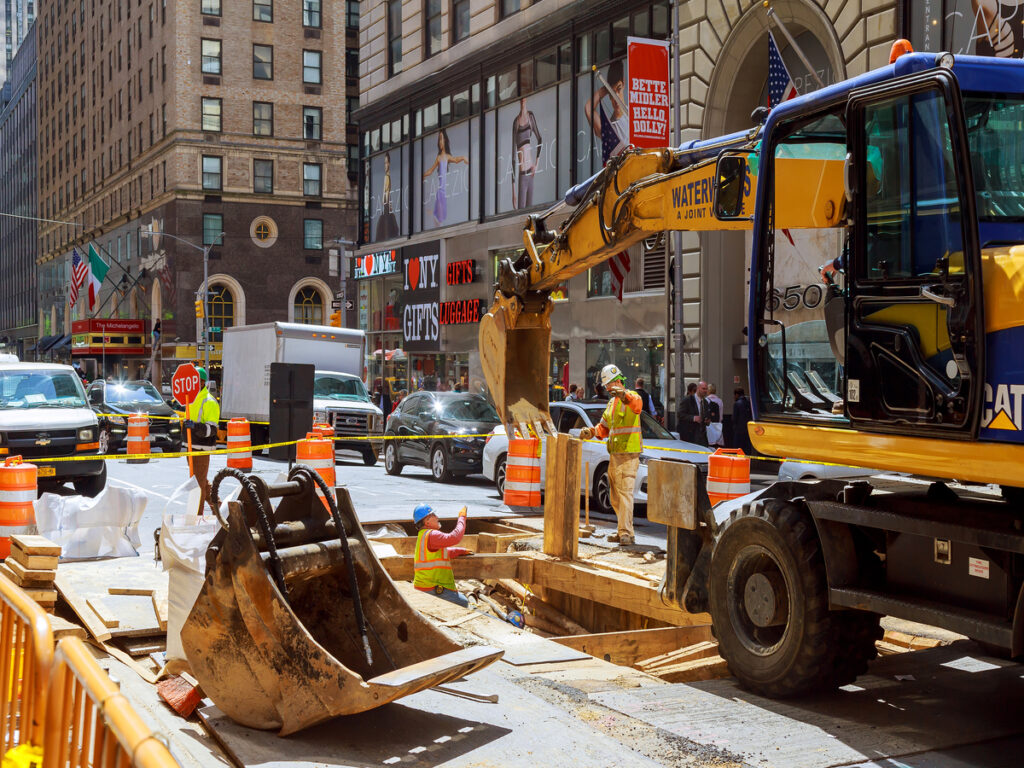
Le zone di costruzione possono sembrare caotiche, Giusto? Ecco perché avere gli strumenti giusti, come i telai dei segnali stradali, è così importante. Questi telai sono costruiti per mantenere il tuo cantiere sicuro e organizzato. Sono veloci da configurare, abbastanza resistente per qualsiasi condizione atmosferica, e facile da spostare quando il lavoro cambia. Che tu abbia a che fare con terreni irregolari o scadenze ravvicinate, questi telai si adattano alle tue esigenze. Con il loro design affidabile, puoi concentrarti sul portare a termine il lavoro rimanendo conforme ed efficiente.
Cornici dei segnali stradali urbani: Materiali, Installazione & Guida alle prestazioni
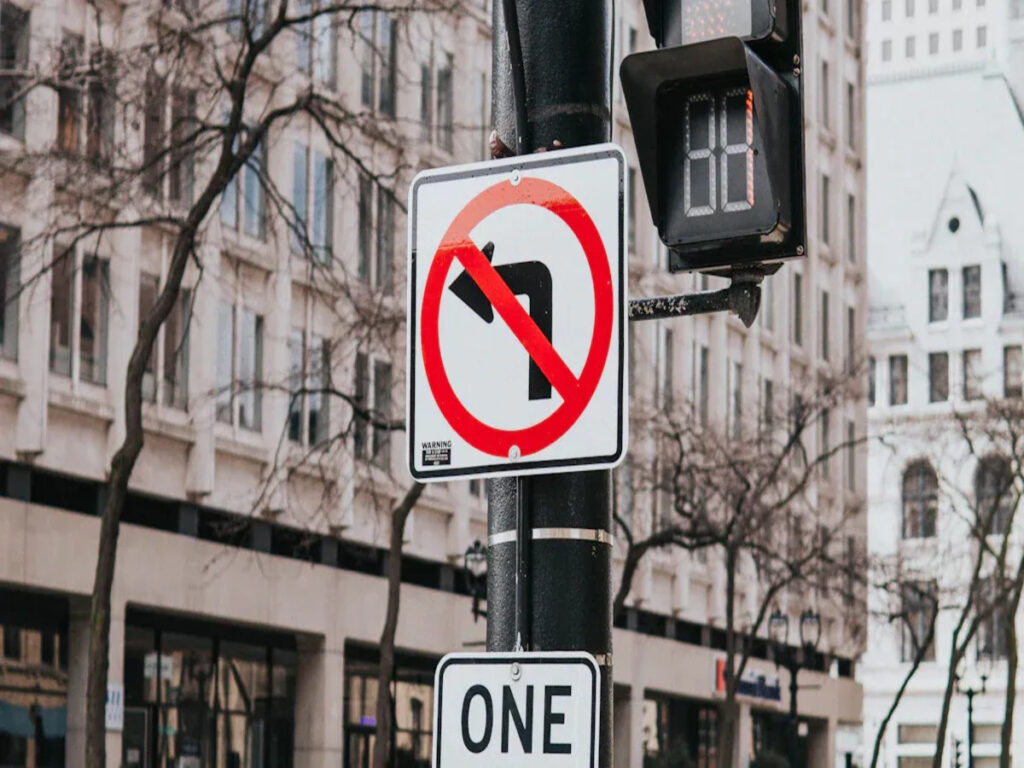
Le città hanno bisogno di forti cornici dei segnali stradali per mantenere le strade al sicuro. I materiali e il modo in cui sono installati influiscono per quanto tempo durano. Buoni segnali cornici maneggiano il maltempo e l'abbigliamento della città, Ma quelli cattivi si rompono facilmente e causano problemi di sicurezza.
Le gambe del tabellone barriera per stabilità della zona di lavoro
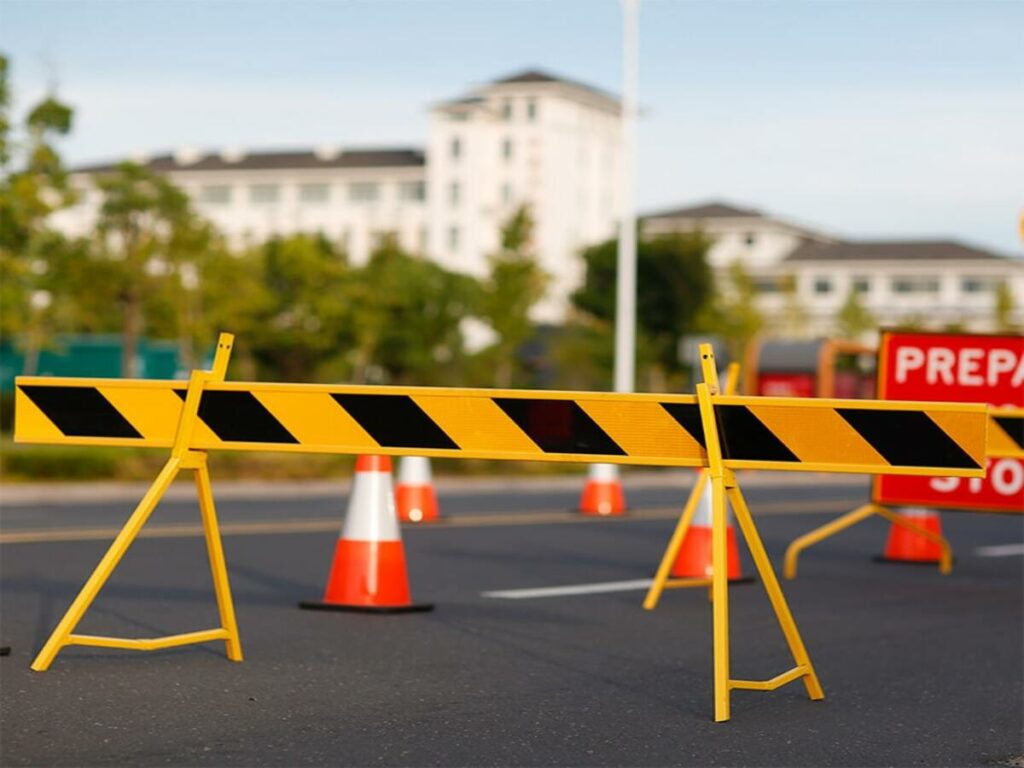
Le gambe della tavola barriera sono importanti per proteggere le zone di lavoro. Questi forti supporti mantengono le barriere di sicurezza ferme e verticali. Aiutano a rendere le aree più sicure per i lavoratori e le persone che camminano. Gambe di buona qualità, come le gambe del pannello barriera OPTRAFFIC, sono difficili e facili da vedere. Funzionano bene in zone di lavoro impegnate per mantenere tutti protetti. La loro costruzione forte mantiene le barriere in atto, anche in situazioni difficili. Ciò riduce i pericoli e aiuta a seguire le regole di sicurezza.

